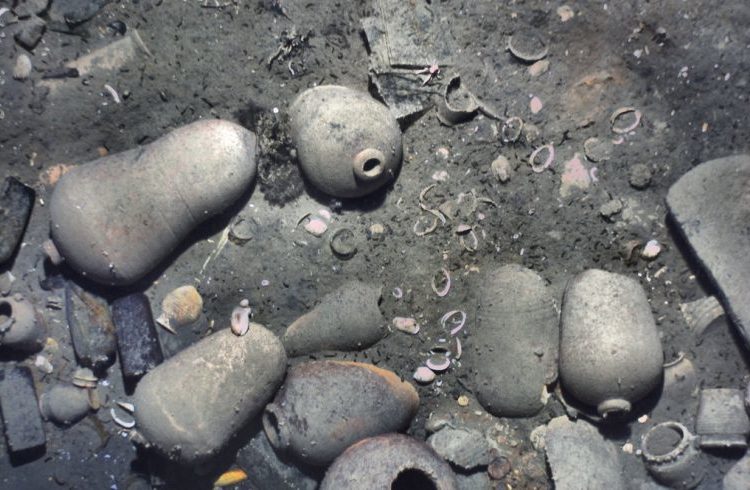A Spanish galleon full of gold that sank in the Caribbean along the Colombian coast more than 300 years ago was found three years ago with the help of an autonomous underwater vehicle operated by the Woods Hole Oceanographic Institution (WHOI), the institute revealed.
The new data about the San José were made public on Monday with the authorization of the agencies involved in the search, including the Colombian government.
Rob Munier, vice president in charge of the WHOI marine installations and operations, said they had not revealed the data out of respect for the Colombian government.
The location of the San José, the most coveted by all the shipwreck seekers, was one of the most lasting maritime mysteries.
The galleon, which had 62 cannons and three masts, sank on June 8, 1708 with a shipment of gold, silver and emeralds in its holds during a battle with the British navy in the Spanish Succession War. The treasure is valued at some 17 billion dollars according to current market value.
The WHOI, based in Massachusetts, was invited to join the search because of its renowned expertise in deep-sea exploration. The REMUS 6000 autonomous underwater vehicle in 2011 helped find the remains of Air France’s flight 447, which in 2009 fell several kilometers from the coast of Brazil.
The REMUS 6000’s sonar images found the San José at a depth of 600 meters in November 2015.
The vehicle descended nine meters over the sunken ship to take photos of the shipwreck, even of the dolphin engravings on the San José’s cannons, a crucial visual proof.
WHOI engineer and head of the expedition Mike Purcell said that the sunken ship was partially covered with sediments, but they were able to see new details with the photo images of the low altitude missions, adding that the resolution was sufficiently good to discern the decorative carvings on the cannons.
The treasure is the object of lawsuits from several countries and private enterprises. Several weeks ago UNESCO asked Colombia to not commercially exploit the shipwreck, whose exact location is a state secret.
The treasure remains in the deep sea…for now.
AP / OnCuba










